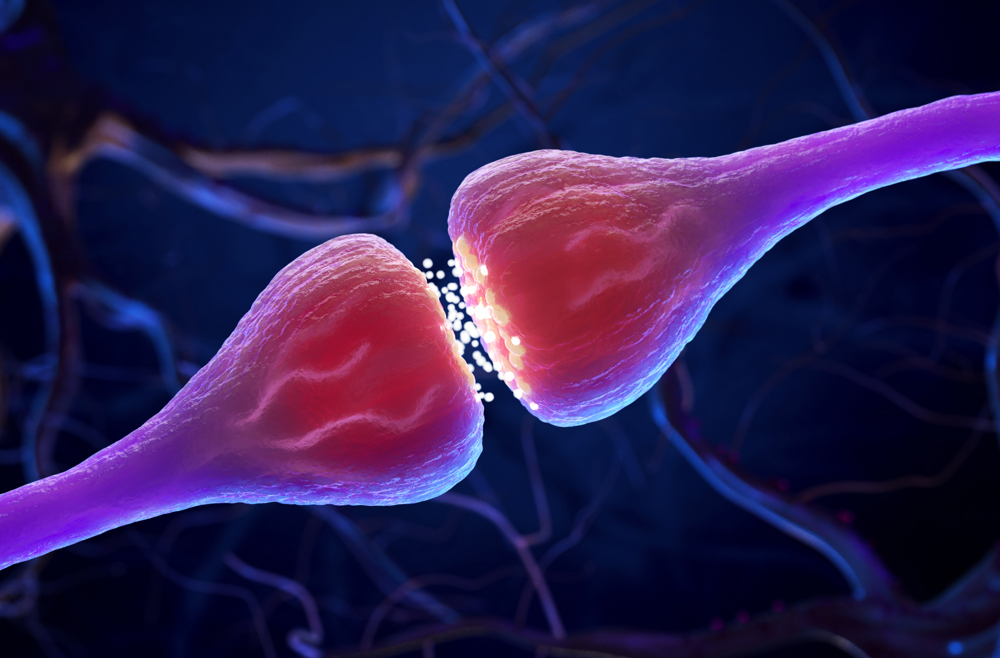USA (University of Pennsylvania) How ketamine acts as ‘switch’ in the brain

Ketamine, an established anesthetic and increasingly popular antidepressant, dramatically reorganizes activity in the brain, as if a switch had been flipped on its active circuits, according to a new study by Penn Medicine researchers. In a Nature Neuroscience paper, the team described starkly changed neuronal activity patterns in the cerebral cortex of animal models after ketamine administration—observing normally active neurons that were silenced and another set that were normally quiet suddenly springing to action. This ketamine-induced activity switch in key brain regions tied to depression may impact our understanding of ketamine’s treatment effects and future research in the field of neuropsychiatry.
“Our surprising results reveal two distinct populations of cortical neurons, one engaged in normal awake brain function, the other linked to the ketamine-induced brain state,” says the co-lead and co-senior author Joseph Cichon, an assistant professor of anesthesiology and critical care and neuroscience in the Perelman School of Medicine. “It’s possible that this new network induced by ketamine enables dreams, hypnosis, or some type of unconscious state. And if that is determined to be true, this could also signal that it is the place where ketamine’s therapeutic effects take place.”
Anesthesiologists routinely deliver anesthetic drugs before surgeries to reversibly alter activity in the brain so that it enters its unconscious state. Since its synthesis in the 1960s, ketamine has been a mainstay in anesthesia practice because of its reliable physiological effects and safety profile. One of ketamine’s signature characteristics is that it maintains some activity states across the surface of the brain (the cortex). This contrasts with most anesthetics, which work by totally suppressing brain activity. It is these preserved neuronal activities that are thought to be important for ketamine’s antidepressant effects in key brain areas related to depression. But, to date, how ketamine exerts these clinical effects remains mysterious.
“We were hoping to pinpoint exactly what parts of the brain circuit ketamine affects when it’s administered so that we might open the door to better study of it and, down the road, more beneficial therapeutic use of it,” says co-lead and co-senior author Alex Proekt, an associate professor of anesthesiology and critical care at Penn.
This story is by Frank Otto. Read more at Penn Medicine News.
